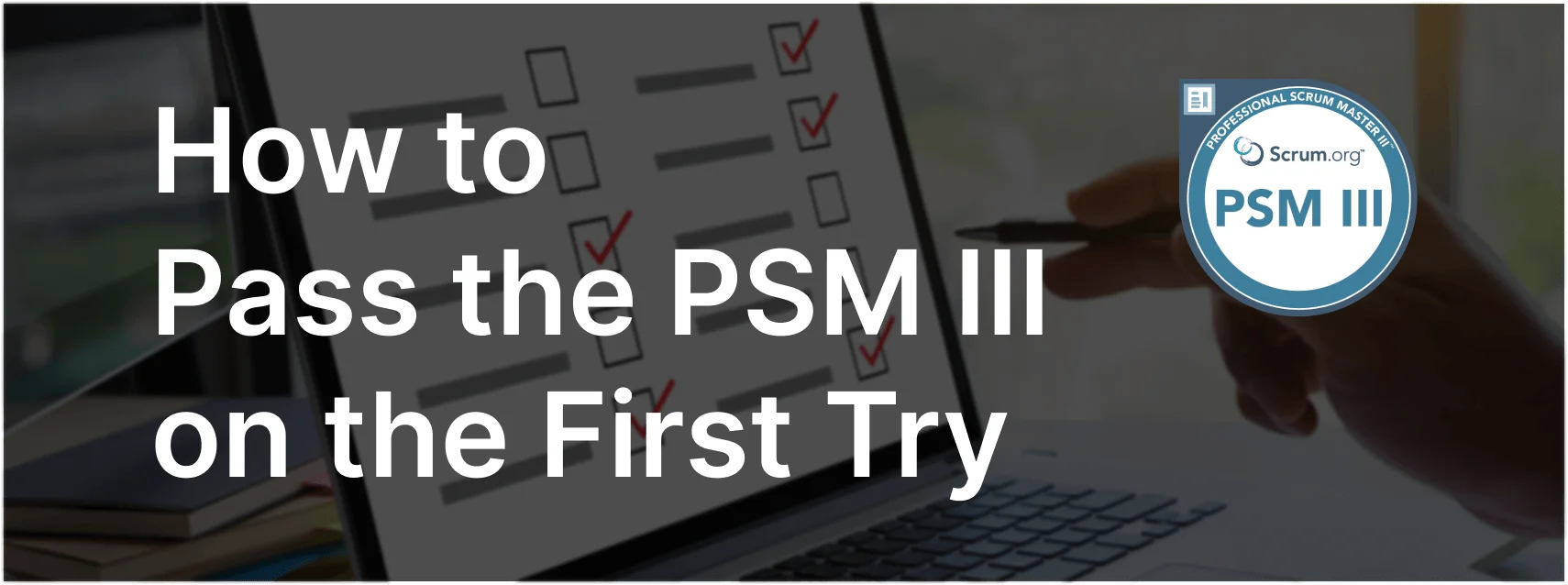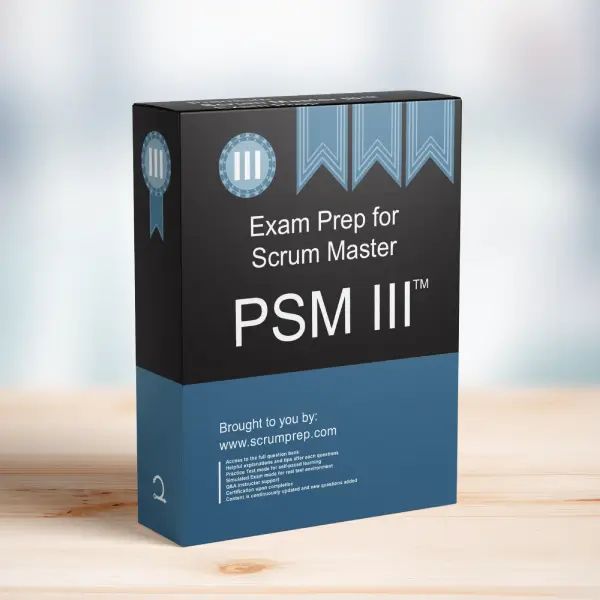Understanding Business Agility and Next Steps for Implementation
Business agility is a critical concept that allows organizations to thrive in a fast-paced, ever-changing environment. As more companies recognize the need to adapt quickly to market changes, the importance of business agility has grown. For executive leaders looking to enhance their organization’s ability to respond to change, understanding business agility and its benefits is essential.
Exam Question
An executive leader in your company recently returned from a conference. She says that many of the other executives she met were discussing business agility and what their companies are doing. She is curious what business agility means, and how can our company reap similar benefits.
Explain to her what business agility means to you. What next steps would you recommend to her?
Explanation
What Business Agility Means
- The Ability to Adapt Quickly:
Business Agility Defined: Business agility refers to an organization’s ability to adapt quickly and effectively to changes in the market, technology, or internal conditions. It involves being responsive to customer needs, staying ahead of competitors, and continuously improving processes.
Example: In a rapidly changing market, a business with high agility can pivot its product offerings, adjust its marketing strategy, or reallocate resources swiftly to take advantage of new opportunities or address emerging challenges. - Customer-Centric Approach:
Customer Focus: At the heart of business agility is a deep focus on understanding and responding to customer needs. Agile businesses are customer-centric, continuously gathering feedback and iterating on their products and services to meet evolving demands.
Example: A company might implement regular customer feedback loops to refine its products, ensuring that they always align with customer expectations. - Cross-Functional Collaboration:
Team Collaboration: Business agility also involves breaking down silos within an organization. Cross-functional teams work together closely, sharing knowledge and skills to deliver value more effectively and efficiently.
Example: A team composed of members from marketing, product development, and customer support might work together on a product launch, ensuring a cohesive and well-rounded approach. - Continuous Improvement:
Continuous Learning: Agile organizations are committed to continuous improvement. They regularly inspect their processes, identify areas for enhancement, and adapt their strategies to achieve better outcomes.
Example: Regular retrospectives or after-action reviews help teams reflect on their performance and identify ways to improve in future projects.
Next Steps for Implementation
- Assess Current Agility:
Recommendation: Start by assessing the current level of agility within the organization. This might involve evaluating how quickly the company can respond to market changes, the level of cross-functional collaboration, and how well the organization understands and meets customer needs.
Example: Conduct an internal survey or workshop to identify strengths and areas for improvement related to business agility. - Foster an Agile Mindset:
Recommendation: Cultivate an agile mindset across the organization. This involves promoting values such as flexibility, collaboration, and a focus on customer value.
Example: Offer training sessions on an agile approach, like Scrum or Kanban, to help teams understand and adopt these principles in their daily work. - Start Small and Scale:
Recommendation: Begin by implementing agile practices in a small team or pilot project. Use this as a learning opportunity and gradually scale the practices across the organization as they prove successful.
Example: Choose a team that is working on a high-impact project to experiment with agile practices. Monitor the results and use the lessons learned to guide broader implementation. - Encourage Continuous Feedback:
Recommendation: Establish mechanisms for continuous feedback, both from customers and within teams. This feedback will be crucial in making informed decisions and driving continuous improvement.
Example: Implement regular customer surveys and internal retrospectives to gather insights and refine strategies.
Relevance to the PSM III Exam
Understanding business agility and its implementation is vital for Scrum Masters and other Agile practitioners. The PSM III exam often explores how Scrum and agile principles contribute to broader business agility, making this knowledge essential for anyone aiming to demonstrate advanced Scrum mastery.
Key Takeaways
- Business Agility: Involves the ability to adapt quickly to changes, with a strong focus on customer needs, cross-functional collaboration, and continuous improvement.
- Implementation: Assess current agility, foster an agile mindset, start small and scale, and encourage continuous feedback.
Conclusion
Business agility is about more than just implementing agile practices; it’s about fostering a culture that values adaptability, customer focus, and continuous learning. By taking measured steps to assess and enhance your organization’s agility, you can position your company to thrive in a dynamic and competitive landscape. For more insights into Scrum practices and preparing for the PSM III exam, visit our Scrum Master PSM III™ Exam Prep.



